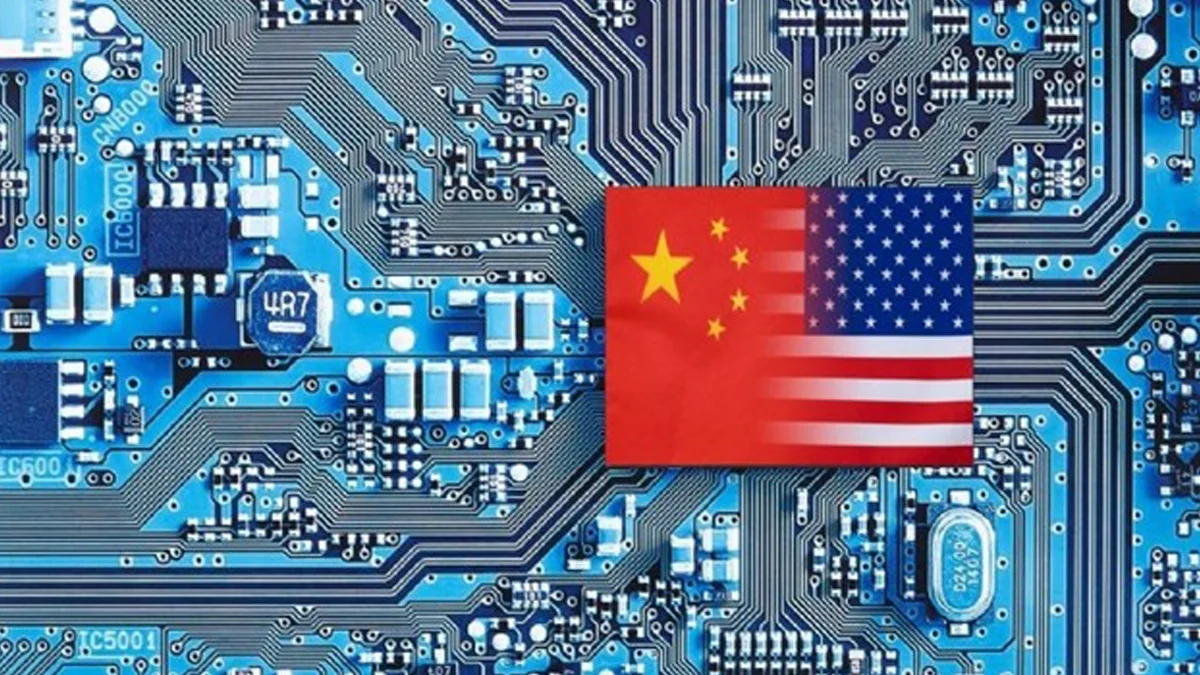Necessary Always Active
Necessary cookies are required to enable the basic features of this site, such as providing secure log-in or adjusting your consent preferences. These cookies do not store any personally identifiable data.
|
||||||
|
||||||
|
||||||
|

Nvidia’s tech rivals in China could benefit more from tight AI chip export controls by the US, CNBC reported. Last week, the US Department of Commerce said that Nvidia must get licenses to export H20 GPUs. The new controls also apply to additional AMD chips. Last week, Nvidia reported that it had already halted GPU exports. This move alone costed Nvidia about $5.5 billion in quarterly charge.
China’s response to the US chip ban appears to be focused on finding a domestic alternative to Nvidia. Analysts now say the latest AI chip export restrictions will benefit local Nvidia competitors in China as the Asian country focuses on finding alternatives.
“There are several local Chinese companies that produce chips to compete with Nvidia,” Counterpoint Research Associate Director Brady Wang said.
China-based chip manufacturers include the giant smartphone maker Huawei, which is partially owned by the state. GPU designer Cambricon Technologies, a publicly listed Chinese company, also holds a significant stake in Huawei. Over the last five trading days, Cambricon stocks have surged over 10% as news about Nvidia AI chip controls spread.
Analysts have termed Huawei as a default leader in China to compete with Nvidia. The company has been developing its Ascend 910 GPU series, the latest being the Ascend 910C.
“With NVIDIA’s H20 and other advanced GPUs restricted, domestic alternatives like Huawei’s Ascend series are gaining traction,” SemiAnalysis Analyst Doug O’Laughlin said.
According to Wang, US export controls provide local Chinese AI chip makers with a big opportunity to improve their solutions and grow and demand for their GPU rises in China and abroad.
In a recent report, SemiAnalysis indicated that Huawei is making significant progress with its hardware development despite the fact that its chips are one generation behind.
“While there are still gaps in software maturity and overall ecosystem readiness, hardware performance is closing in fast,” O’Laughlin added.
But with the current AI chip export controls, China’s ability to manufacture advanced semiconductors at a level similar to Nvidia’s has been curtailed. Nvidia partners with the world’s largest contract semiconductor maker, TSMC to scale its chip production.
“Huawei has shown to be a competitive fabless chip designer, but they struggle to find enough supply from their foundries,” Morningstar Equity Analyst Phelix Lee said.
TSMC’s semiconductor equipment includes US technology. This means the company cannot produce chips for Huawei because it must comply with US restrictions on shipment of advanced chips to the Chinese market. This forces Chinese firms to rely on local foundries such as Semiconductor Manufacturing International Corporation.
Analysts argue that the latest AI chip export controls could push China to innovate outside US technology. Chinese chip makers have been stockpiling H20 chips and may not have immediate demand needs. Although it’s not clear how long these stockpiles could last, they give local manufacturers time to boost their GPU production. This minimizes the impact of US chip export controls.
“I believe the impact of the controls is limited. In the middle to longer term, it will depend on the progress of this local GPU development,” Wang added.
But it’s Huawei’s Ascend chip series that clearly demonstrates the minimal impact that chip export controls have had in stopping Chinese firms from accessing the foreign tools and subcomponents they need to develop advanced GPUs.
“While the Ascend chip can be fabricated at SMIC, this is a global chip that has HBM from Korea, primary wafer production from TSMC, and is fabricated by 10s of billions of wafer fabrication equipment from the US, Netherlands, and Japan,” the report by SemiAnalysis stated.
Considering Huawei’s progress in chip manufacturing and China’s efforts to overcome US chip export controls, experts doubt whether the latest restrictions will achieve their purpose.
“US controls on GPUs and semiconductor manufacturing equipment have primarily damaged US companies, including Nvidia. Instead, export controls have encouraged the Chinese semiconductor industry to become more innovative while “designing out US technology,” Paul Triolo, Senior VP for China at DGA Group said.